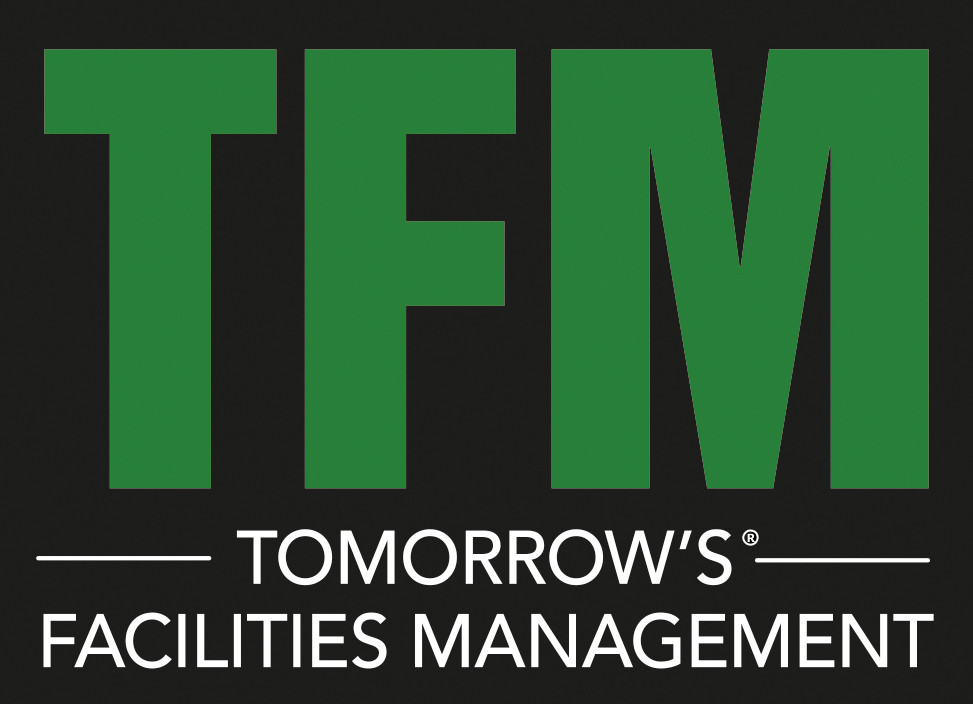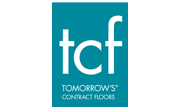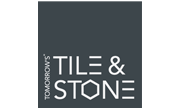- Home
- >
- VFA
Supporting strategic planning

Paul Gatland, Sales Director, VFA Ltd.
In 2013, an aging estate combined with economic challenges means that the need for accurate long-term planning, budgeting and forecasting is more critical than ever. The ongoing efforts on the part of the Government to avoid fiscal disaster continues to impact both public and private organisations. Government ministries, schools, hospitals, and corporations are challenged to plan for and manage facilities as effectively and efficiently as possible. How can organisations maximise the value of their existing estate on a lean budget? How can they determine which critical projects should be funded and which can be deferred?
FM resources are challenged to take the lead on this. It's key that the long view is not based on opinions or predictions, but on objective hard data and sophisticated analysis. Increasingly, FMs are looking to software tools for FM and capital planning, as data becomes increasingly complex and voluminous. Technology can help convert large amounts of raw data into meaningful information for intelligent decision-making. Facilities teams need to be armed with the tools they need to request funds and demonstrate the consequences.
In today’s tight economic times, most organisations require a return on investment (ROI) justification for key expenditures. Securing the best software solution for an effective, strategic facilities capital plan is no exception. Some of the benefits that can be expected from using software to track, manage and analyse facility data include:
• When facility conditions are known and scheduled repairs and renewals are performed, the likelihood of costly emergency repairs and down time, resulting in a loss of business continuity, is decreased.
• Procurement costs are also lowered when organisations can view their entire portfolio of planned projects, enabling them to bundle projects and buy at reduced bulk rates.
• Estate-wide project planning reduces the likelihood of duplicate purchases and over-buying
• Proactive facilities management means that when projects are planned in advance, there is sufficient time to gather competitive pricing.
• With solid facility condition data and benchmarks, organisations can model the economics of building repair vs. new construction.
Another key area where technology increasingly plays a role is the need, given economic pressures, for organisations to reorganise and rationalise their estate. The two most important criteria are demographics and building condition. If a building is less critical, it's no longer serving the purpose for which it was built, or if its condition is so poor that the cost of improvements is too high, it is time to plan for disposition.
On the other hand, a key asset could be targeted for investments to improve the condition and proactively renew systems. How should FM teams decide a building's fate? The vital element is accurate data and analysis of the state, function, and user population of buildings.
Accurate and up-to-date condition data can also alleviate the passive management of facilities that leaves organisations vulnerable to potentially costly business risks associated with emergencies, loss of business continuity, and poor regulatory compliance. The goal is reduced exposure to business interruptions due to critical asset and systems failures. An effective software solution identifies at-risk assets and systems, the corrective actions required, and the estimated costs to maintain critical assets and systems
Systems with a high level of business criticality require the highest level of redundancy. A critical facility such as a primary data centre, for example, would be expected to have full redundancy for all major building systems. With detailed data about facility assets and their current requirements in place, including redundancy requirements, organisations can leverage available software tools to correlate risk and redundancy for key systems, identify the existing gap, and understand the cost implications of addressing that gap.
As estates become an increasingly significant aspect of an organisation's strategic plans, the need for accurate long-term planning, budgeting and forecasting is increasingly more critical. The best way to do this? Leverage the latest tools to enable smart decisions.
- ACQUISITION
- AIR CONDITIONING
- APPRENTICESHIP
- AWARD
- BIM
- BUSINESS
- CATERING
- CAFM
- CHARITY
- CLEANING
- COMMUNICATION
- CONSTRUCTION
- CONTRACT NEWS
- COUNCIL
- DATA MANAGEMENT
- DESIGN & INTERIORS
- DEVELOPMENT
- DISASTER RECOVERY
- DOCUMENT MANAGEMENT
- DRINK
- EDUCATION
- EFFICIENCY
- ELECTRICAL
- ENERGY MANAGEMENT
- ENTERPRISE
- EVENTS
- FACILITIES MANAGEMENT
- FINANCE
- FIRE SAFETY
- FLOORING
- FACILITIES MANAGEMENT NEWS
- FOOD
- FRONT OF HOUSE
- GROUNDS MAINTENANCE
- HEALTH AND SAFETY
- HEALTHCARE & HOSPITALS
- HOSPITALITY
- HOTELS
- HR
- HVAC
- INDUSTRY COMMENT
- INTEGRATION
- IT
- IWFM
- LANDSCAPE MAINTENANCE
- LEISURE
- LIGHTING
- LOGISTICS
- MAINTENANCE
- MECHANICAL
- PARTNERSHIP
- PEST CONTROL
- POWER
- PR
- PRODUCTS & SERVICES
- PROJECT MANAGEMENT
- PROPERTY
- QUALIFICATION
- RECYCLING
- REFURBISHMENT
- REGULATION
- RETAIL
- SECURITY
- SOCIAL HOUSING
- SUMMER MAINTENANCE
- SUSTAINABILITY
- TECHNOLOGY
- TENDERS
- TOTAL FACILITIES MANAGEMENT (TFM)
- TRANSPORT
- WASHROOM
- WASTE MANAGEMENT
- WELLBEING
- WINTER MAINTENANCE
- WORKPLACE




























